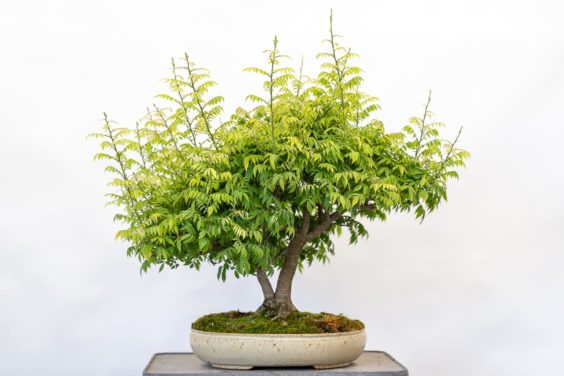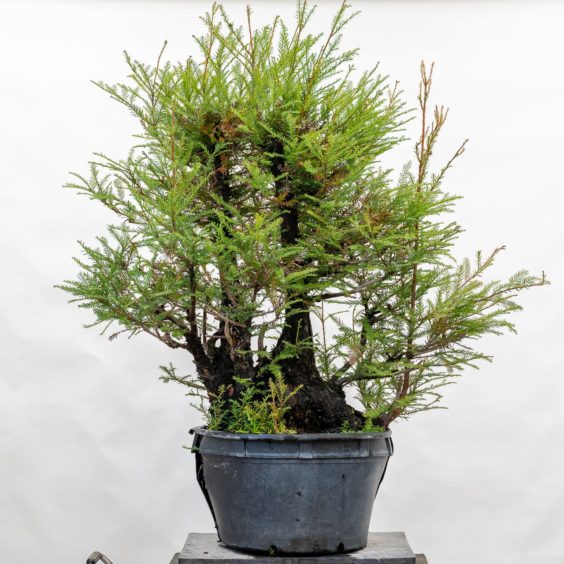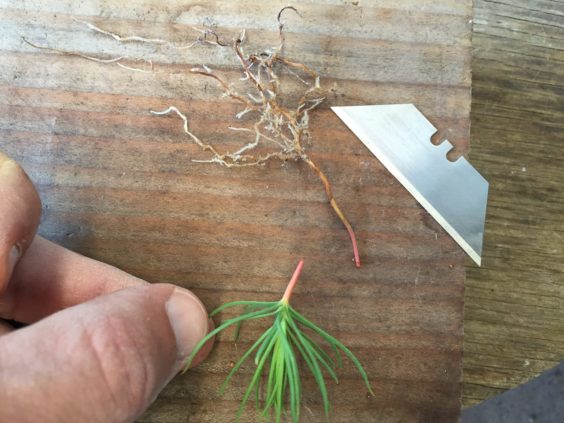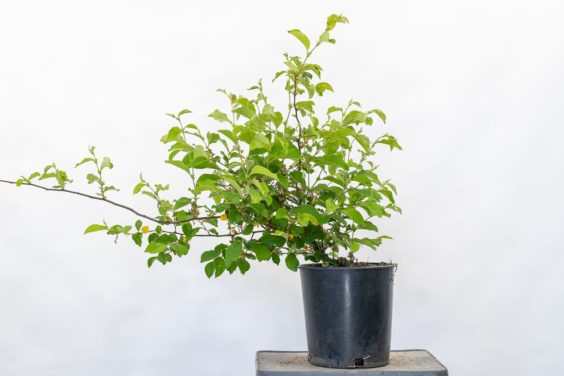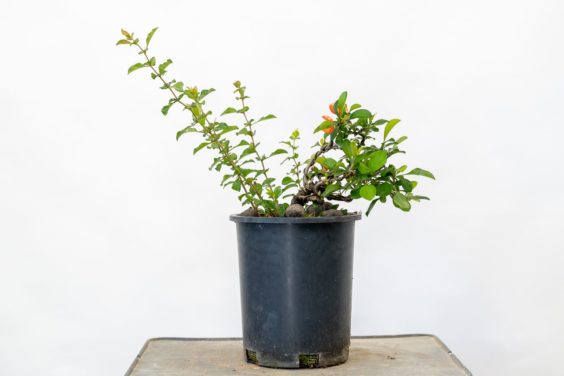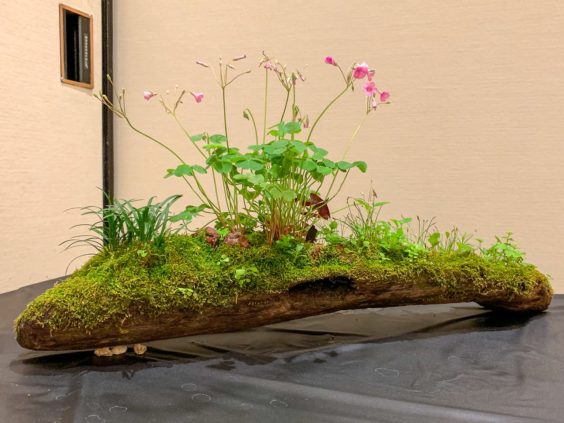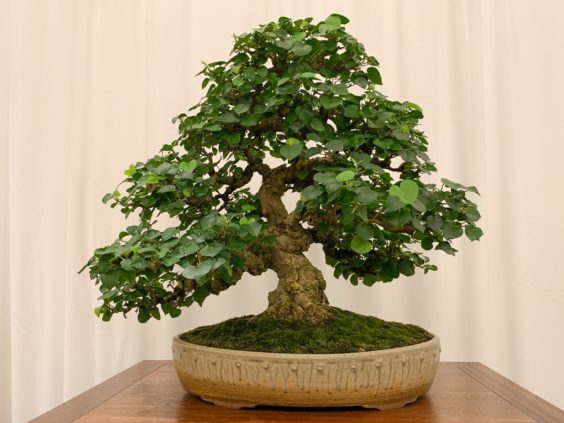
Mid-Michigan Bonsai Message Corner
"In lieu of the usual meeting schedule, The MMBC end of year luncheon at Foster Community Center will be Saturday November 15th. Members, please check your email for details.
There will be no meeting on November 20th"
Leaf pruning dwarf wisteria
- Category: Rss Feeds
-
Tagged under:
- Created: 14 May 2019
For the last few years, I’ve taken a simple approach to refining a dwarf wisteria (Millettia japonica ‘Microphylla’). In May or June, I reduce long shoots that extend beyond the desired silhouette. The process looks like this.
World Bonsai Day 2019
- Category: Rss Feeds
-
Tagged under:
- Created: 12 May 2019
Each year the second Saturday of May has been designated as World Bonsai Day. This is an internationally celebrated event dedicated to furthering bonsai awareness and appreciation. World Bonsai Day was initiated by the World Bonsai Friendship Federation to honor the memory of Saburo Kato, renowned bonsai master and founder of the WBFF. Clubs, organizations, arboretum collections, businesses and individuals plan special events to celebrate World Bonsai Day. Exhibitions, demonstrations, displays as well as people donating their bonsai to collections are some of the events that happened today. However, perhaps the most popular activity celebrated on World Bonsai Day is the actually working on bonsai, which happened all over the world. That’s what bonsai is all about, the trees.
Coast redwood – repotting follow-up
- Category: Rss Feeds
-
Tagged under:
- Created: 10 May 2019
Three months ago I pruned and repotted a coast redwood.
Teach Yourself Bonsai #2: How to create a bonsai calendar – Japanese black pine
- Category: Rss Feeds
-
Tagged under:
- Created: 07 May 2019
If you’ve been working with bonsai for several years, you may have an idea of what needs to happen when. If you’re new to bonsai, or to a given species, it can be helpful to create a calendar to keep track of annual maintenance tasks.
Bonsai Development Series #15b: removing unnecessary growth, part 2
- Category: Rss Feeds
-
Tagged under:
- Created: 03 May 2019
In the last post we looked at the benefits of removing root sprouts on developing bonsai. We can take the same approach with water sprouts.
Bonsai Development Series #15: removing unnecessary growth
- Category: Rss Feeds
-
Tagged under:
- Created: 30 April 2019
Although I typically wait until May or June to start working on deciduous bonsai, there are a few jobs that I try to do sooner rather than later. One of these is removing unnecessary root sprouts.
Learning about accent plants at Bonsai on the Bayou
- Category: Rss Feeds
-
Tagged under:
- Created: 26 April 2019
The exhibit at Houston’s Bonsai on the Bayou featured a special display of accent plantings. The artist behind these, as well as many of the other accents in the exhibit, was Sooncheng Cheah.
World Bonsai Day!
- Category: Rss Feeds
-
Tagged under:
- Created: 21 April 2019
Each year the second Saturday of May has been designated as World Bonsai Day. This is an internationally celebrated event dedicated to furthering bonsai awareness and appreciation. World Bonsai Day was initiated by the World Bonsai Friendship Federation to honor the memory of Saburo Kato, renowned bonsai master and founder of the WBFF. Clubs, organizations, arboretum collections, businesses and individuals plan special events to celebrate World Bonsai Day. Be sure to visit a World Bonsai Day event nearby, or travel to attend.
2019 MidAtlantic Bonsai Festival Demo Tree
- Category: Rss Feeds
-
Tagged under:
- Created: 19 April 2019
Last week at the MidAtlantic Bonsai Festival Taiga Urushibata from Japan created a bonsai Ponderosa pine. It was originally collected by Andy Smith and quite healthy. It was a difficult tree to design. Robert Mahler was the translator for Mr. Urushibata. Not knowing the condition of the roots made the recommended future transplanting more difficult One of my students, John Caulwell from Pennsylvania was the lucky winner of this unique collected bonsai.
A closer look at the Bonsai on the Bayou exhibition
- Category: Rss Feeds
-
Tagged under:
- Created: 19 April 2019
Anyone unfamiliar with the Texas bonsai scene might be surprised by the broad range of species in training in the Lone Star State. Alpine species, tropicals, and a variety of Texas natives are commonplace in Texas exhibits, and the recent LSBF/HBS/ABS event was no exception.
